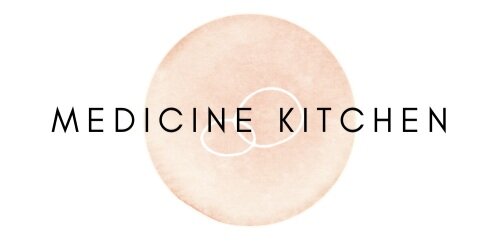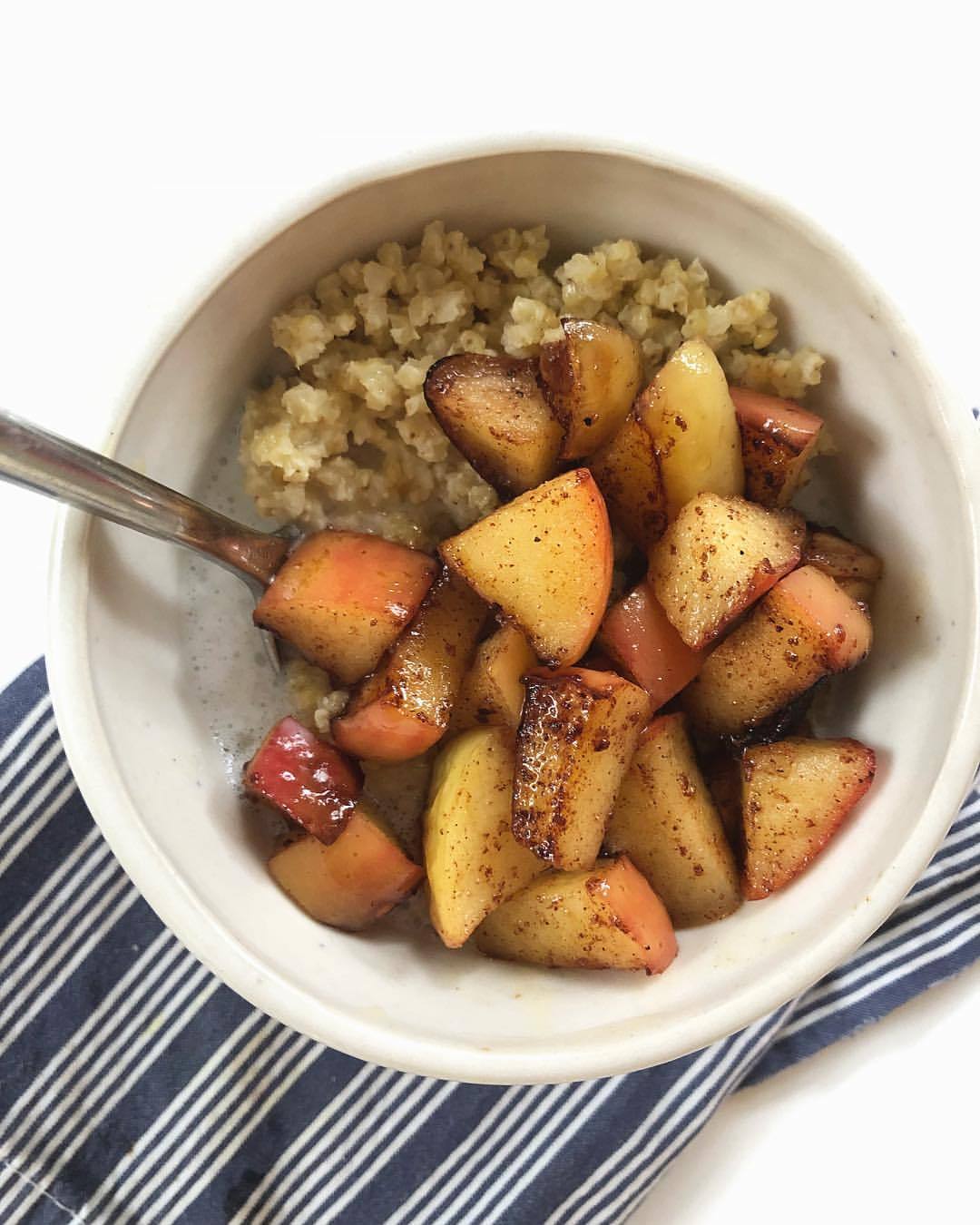Sometimes on a flexible morning I’ll do “second breakfast,” especially if first breakfast was wack. As in, I ate an almost cold boiled egg a + 3 bites of avocado + lukewarm tea while hustling my kids off. Perfect time for second breakfast… usually about 1-2 hours after first breakfast. Today it’s a very nice bowl of leftover Millet with coconut milk, sautéed apples in ghee with cinnamon, cardamom + ginger. If you’re thinking ahead you can make this your first breakfast very easily and be done with it. 🧡🍃🍁.
.
.
.
#metalseason #warmth #chinesemedicine #medicinekitchen #healingfoods #intuitiveeating #seasonaleating #breakfastclub #snacks #wholefoods #healingwithwholefoods #holisticnutrition #apples #ghee #millet #dairyfree #noeggs (at Austin, Texas)
https://www.instagram.com/p/BpFEuefBczb/?utm_source=ig_tumblr_share&igshid=r7ozcc254931
An idea for breakfast. Have it on the floor.
.
.
.
#medicinekitchen #healingarts #foodtherapy #chinesemedicine #intuitiveeating #mindfulness #changeitup #eggfreebreakfast #spaghettisquash #healingwithwholefoods #alonetime (at Austin, Texas)
https://www.instagram.com/p/Bn88zkXhCTC/?utm_source=ig_tumblr_share&igshid=1qk2asggyn728
Last mung bean post, I promise! I mentioned doing a quick sauté with them and using as a topping. An example here - one of my favorite family chicken soups with a crispy mung bean, cilantro, pink salt crumble on top. Delicious texture! .
.
.
.
#familyrecipe #stressfood #chinesemedicine #agni #digestivefire #mungbeans #healingfoods #foodtherapy #holistichealth #comfortfood #familymeals #foodforcomfort #medicinekitchen #cleansingfoods #healingwithwholefoods #foodasmedicine (at Austin, Texas)
Another (easiest) way to use mung beans. They have a lovely crunch in salads when still raw, these are soaked & sprouted. You can also just toss sprouted mungs in a bit of ghee + sea salt and sauté them for a few minutes - that’s what I usually do - and they are wonderful as a topping on most anything. 💗
.
.
.
#chinesemedicine #chinesenutritionaltherapy #mungbeans #healingwithwholefoods #foodasmedicine #therapeuticfoods #healingfoods #holisticnutrition #eatingwelleats #medicinekitchen (at Austin, Texas)
Kitchari Comfort

I’m always fascinated with the similarities of tradition across cultures. I have been fascinated with this since I was a young child - starting out with similarities across religions, studying anthropology in college, studying different cultures of medicine and healing, and parallels in food culture. What can I say - I always want to see the common ground! A wonderful example of this is between Chinese Medicine and Ayurvedic Medicine. These two modalities have so much in common and it’s theorized that Ayurveda was a sort of mother to Chinese medicine. Each of the traditions has been adapted to their individual cultures in unique ways - but I find the most common ground between them to be in their use of therapeutic foods and the qualification of foundational principles of health.
Healing food, or therapeutic food, is a major cornerstone of both Chinese medicine and Ayurveda. Both systems believe in the power of using food to promote health and recovery, and also that if your diet is not balanced for your body type, illness can occur. Kitchari is a famous Ayurvedic dish used to balance the body in times of stress or weakness, and it’s just all too similar to the Chinese congee. Or the American homemade chicken noodle soup, or chicken and rice soup in this case! It uses one of the most basic, easily digestible and non-allergenic grains known to man to make a warming, nourishing, endlessly adaptable dish a whole family can enjoy. It’s wonderful to eat when recovering from illness, high stress, postpartum, or during cleansing phases. You can modify it to any season with the addition of more or less spices & seasonal vegetables.
Kitchari means “mixture” usually of 2 grains, or grain and legume. Here is one of my favorite recipes for this Ayurvedic healing dish using whole mung beans + rice, which is my preference:
Adapted from what is locally known as a famous recipe by GB Khalsa, Midwife, found in Edible Austin, 2014 | Cooking Time ~ 1.5 hrs and makes a nice large batch for a family:
1 C of soaked mung beans (6-8 hrs soaked)
1 C of white basmati rice, rinsed well
7-8 C water
8 Tbsp ghee*
1 Tbsp ground turmeric
1 tsp ground black pepper
1 tsp ground cumin
1 small onion
3 cloves garlic, minced
1 4″ piece of fresh ginger, minced
1/3 C Bragg’s liquid aminos, plus more for topping
¼ tsp ground garam masala, optional
Place the mung beans in a large pot with 4 C water, bring to a boil and cook for 20-30 minutes until the beans start to pop open. Meanwhile, rinse the rice and then add it to the pot with 3 C more water after the beans have popped open. Stir to incorporate, put the lid on and cook the beans and rice together for ~ 25 more minutes, stirring if needed occasionally. (You may want to add more water by the cup if you see it getting too dry as it cooks.) While this mixture cooks, make your homemade ‘masala’ in a saute pan: add ghee and heat on medium until melted, add turmeric, pepper, cumin and ginger, turn heat to low & saute for a few minutes. Add onion and garlic and cook for about 10 minutes until onions are very tender and you have a delicious smelling sauce.
Now, add this masala to the beans and rice mixture with the Bragg’s aminos and stir to incorporate. Cook the mixture all together for another 20 minutes on medium-low heat. Turn off the heat and let sit another 20 minutes on the stovetop - if you have excess water in the pot let it sit without a lid to let some of it evaporate, or strain a bit. Serve it warm with steamed, seasonal veggies on top, or top with cilantro, cucumber slices, and a splash of Bragg’s. It’s very, very good. :)
Enjoy <3.
* I use 8 Tbsp of ghee because I’m a Vata type person who naturally runs more deficient rather than excess in my constitution. Oil is very good for me! You can easily cut this amount down to 4-6 Tbsp if you tend to be more fiery, overweight, or have a hard time with oil/fats.
The mighty mung bean. Soaked these and most will go into a batch of kitchari we will eat through the week/weekend and the rest for sprouting. Mung beans are such a therapeutic food. Cooling. Cleansing. Chinese doctors say they clear all toxins. They nourish Yin fluids in the body and cool redness / inflammation / swelling. They balance and comfort with their ‘sweet’ nature. We’ve had two weeks of vacation + I’ve got many emotions going on with my first son starting kindergarten/public school on Monday. Cooking up the comfort here in this transition time! Check out stories for some kitchari action shots 💗.
.
.
.
#medicinekitchen #chinesemedicine #ayurvedicmedicine #ayurveda #agni #digestivefire #intentionaleating #intuitiveeating #healingfoods #foodtherapy #plantmedicine #foodismedicine #healingwithwholefoods #stressfood (at Austin, Texas)





